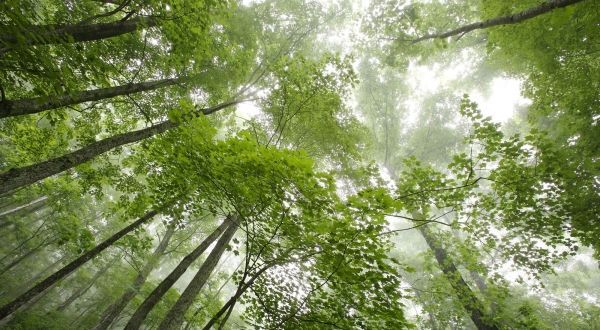Restoring the United States’ lands and coastal wetlands could have a much bigger role in reducing global warming than previously thought, according to the most comprehensive national assessment to date of how greenhouse gas emissions can be reduced and stored in forests, farmland, grasslands and wetlands.
The peer-reviewed study in Science Advances from The Nature Conservancy and 21 institutional partners found that nature’s contribution could equal 21% of the nation’s current net annual emissions, by adjusting 21 natural management practices to increase carbon storage and avoid greenhouse emissions. The study is the first to include the climate benefits of coastal wetlands and grasslands in a comprehensive mix along with forests and agriculture.
In October the Intergovernmental Panel on Climate Change special report called for global action immediately to limit warming to 1.5˚Centigrade (approximately 3˚ Fahrenheit), to avoid the most damaging climate change impacts. This new study highlights how, and which, natural solutions in the United States offer the most promise to help limit temperatures below that 3˚F goal.
Joe Fargione, Director of Science for The Nature Conservancy, was the study’s lead author: “One of America’s greatest assets is its land. Through changes in management, along with protecting and restoring natural lands, we demonstrated we could reduce carbon pollution and filter water, enhance fish and wildlife habitat, and have better soil health to grow our food -- all at the same time. Nature offers us a simple, cost-effective way to help fight global warming. In combination with transitioning to zero carbon energy production, natural climate solutions can help protect our climate for future generations.”
Continue reading at The Nature Conservancy
Image via The Nature Conservancy


